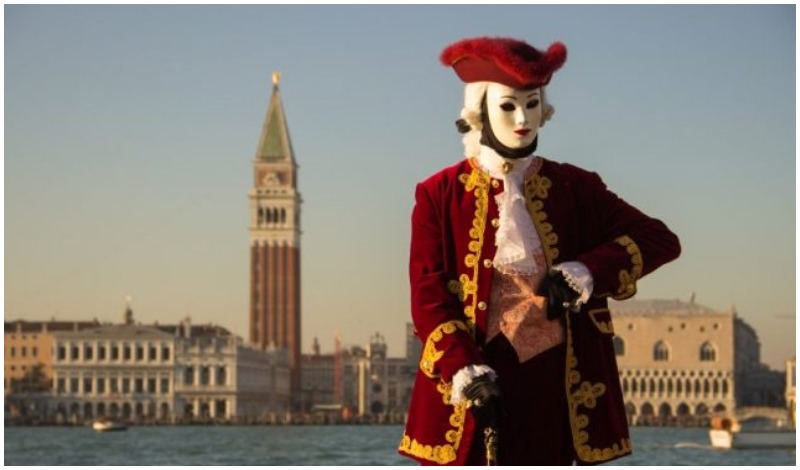The legend of the great lady’s man was as large and romanticized 200 years ago, as it is today. Giacomo Girolamo Casanova, the 18th Century Venetian womanizer led a life full of intrigue, adventure and seduction, not to mention forays into the occult, alchemy and espionage. A man who matched wits with the greatest minds of the Enlightenment and authored his own legend through his writings.
Casanova was born in 1725 the eldest of six children in a Venice that was alive with both vice and virtue. He was sent away from his family at the age of 9 to a boarding house in Padua.
Casanova’s mother, an actress who went on to be admired throughout Europe, wanted to focus on her theater career rather than motherhood. This early rejection may have played a big part in forming Casanova into the infamous character he would become.
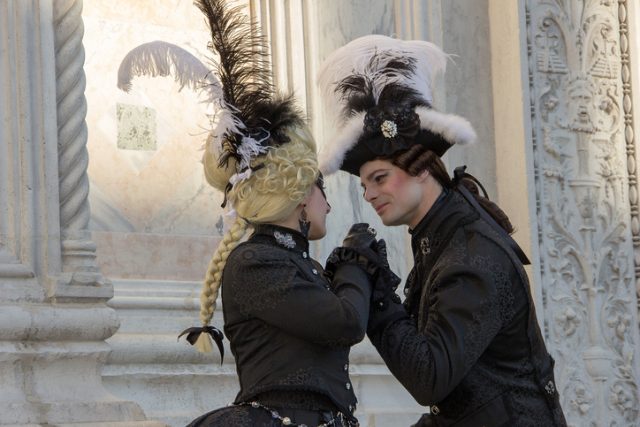
At the age of 9 Casanova showed remarkable promise and by 12 had entered the University of Padua, graduating at 17 with a degree in law, having also studied mathematics, chemistry and philosophy. By the age of 21, he had entered the priesthood without success and was expelled from Rome under the charge of corruption of a minor.
This expulsion marked the beginning of a pattern in Casanovas life whose womanizing was second only to his hunger for adventure and new experiences. As an old man living in the Czech countryside, he would spend his last decade writing his autobiography called The History of My Life. This work provides a detailed firsthand, if at times unreliable, account of his wild libertine life in the Age of Enlightenment.
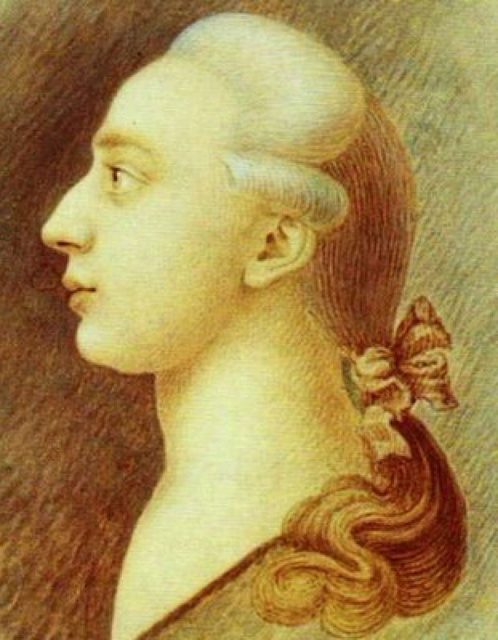
His initial sexual awakening happened as a young teenager in Padua when he had lost his virginity in a ménage à trois with two young noble women, who happened to be sisters.
According to Casanova he bedded over 120 women, and in his finer moments he comes across as a great lover not just of sex but of women in general, seeking out those he considered the most beautiful and intelligent for his love affairs. Judith Summers in her book Casanova’s Women writes “As well as good looks, he possessed the rare gift of befriending women. He had the knack of addressing them as if they were his equals, and undressing them as if they were his superiors.”
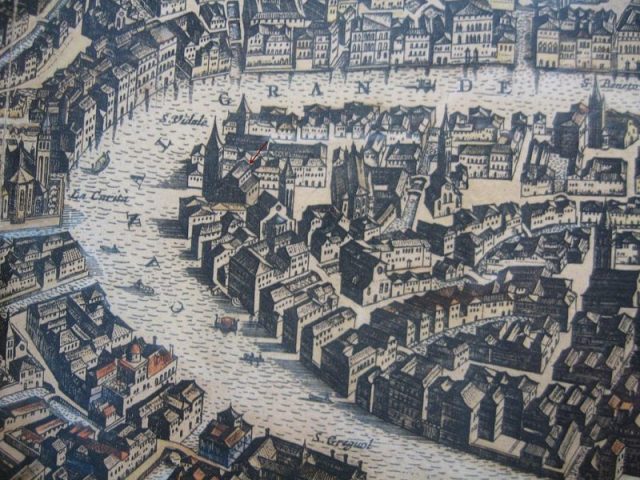
In his darker moments we see tales of rape and battery, repeated bouts of STD’s and a penchant for pursuing virgins, professing his devotion and then unceremoniously dumping them after the deed had been done. Although Casanova stated that he had to find his women both mentally and physically stimulating, he was also known to have sexual encounters with anonymous street prostitutes and even total strangers.
Perhaps the most outrageous tryst by our modern standards is the story of his love affair with Leonilda. During Casanova’s younger years, while an apprentice for the priesthood, he had an affair with a married noblewoman by the name of Donna Lucrezia. Casanova boasts of sneaking into bed with Lucrezia and, after making love to her 4 times, turning his attention to her 17-yr-old virgin sister Angelica, weeks before her wedding. Out of this affair with Donna Lucrezia came a daughter, Leonilda, who was raised as the legitimate offspring of her noble husband.
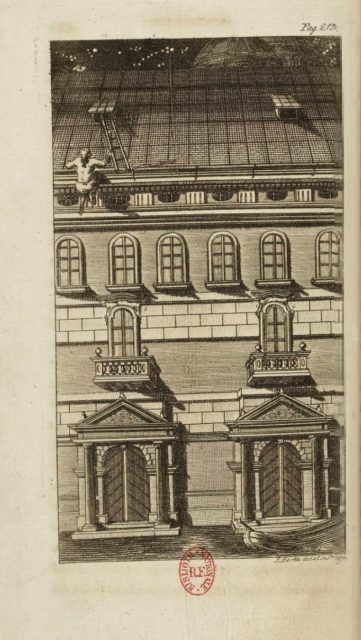
It is not clear how Leonilda and Casanova met, or if at the time they knew about their close familial relationship, but at sixteen, to the shock of everyone present, Leonilda presented Casanova, her biological father, to her family as her would-be fiancé!
Fortunately, the marriage didn’t go ahead but before Casanova parted with the family he once again bedded Donna Lucrezia, and Leonilda joined them.
Casanova makes clear that he didn’t sleep with Leonilda on this occasion. However, if Casanova himself is to be believed, they met again years later and did end up going to bed together, a liaison which resulted in a child — making Casanova the father of his own grandson.
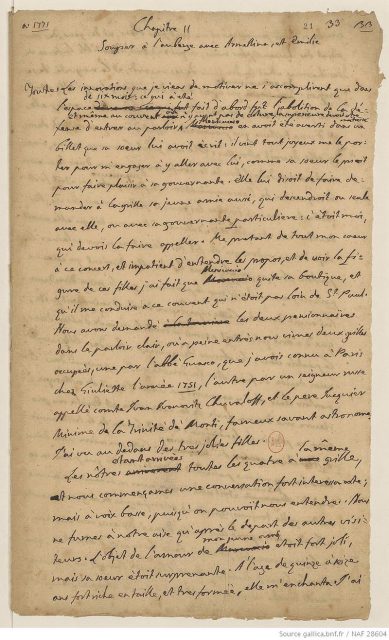
Another in the list of Casanova’s curious affairs is with a person named Bellino. At the time Bellino was posing as a man and was believed to be a member of the Castrati, those who were castrated before puberty into order to retain their high singing voice. Casanova, however, was convinced Bellino was a woman and made it his goal to find out for certain. True to his word he discovered that Bellino was actually Teresa Lanti, a beautiful young girl posing as a Castrato. To conceal her gender she would wear a fake penis and dress as a man. Unbeknownst to Casanova, Lanti had a child by him, a son whom, as if things weren’t bizarre enough, she raised as her brother.
12 Ye Olde English insults we could use today
For all his philandering though, Casanova was by no means impervious to heartbreak. His love affair with a French noblewoman known to us as Henriette lasted only three months but was to leave an indelible mark on his soul.
By his own account, she was the perfect woman, an intelligent, beautiful aristocrat who was not looking for commitment just a haven from her own troubles. When she departed to go back to her family, she left him almost bankrupt but forever in love. They continued a correspondence for many years, but they never met again.

Casanova was not the most handsome of men but in his younger years he carried himself with a charm and charisma that was almost irresistible. As he writes in his autobiography “My currency was an unbridled self-esteem, which inexperience forbade me to doubt.”
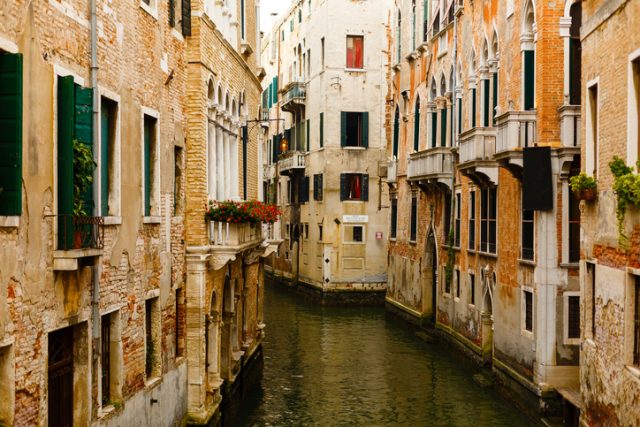
Casanova was also well educated and possessed a great wit that made him a delightful companion; on his travels he notably made the acquaintance of Voltaire, Catherine the Great, Benjamin Franklin and Mozart. He also managed to escape one of the most heavily guarded prisons in Venice, being the first man to do so.
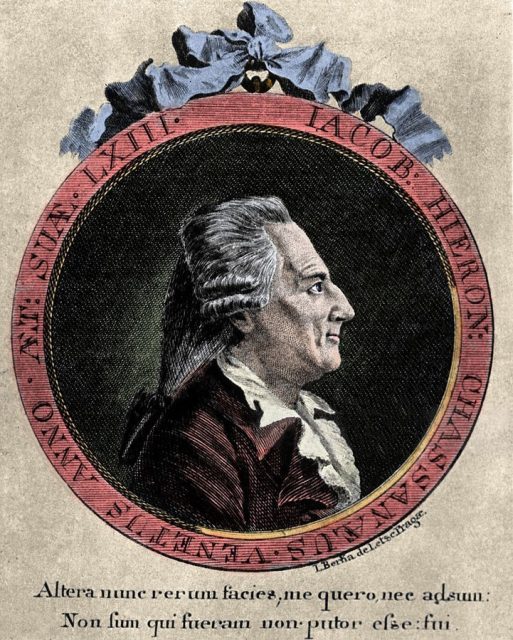
Read another story from us: The Court Dwarf Served in a Pie to a King
For all his faults, Casanova is a fascinating character who has fed the public imagination for hundreds of years, spawning many books, films and scholarly papers. In France, he is something of a national treasure and the original copy of History of My Life is now housed in the Bibliothèque Nationale de France in Paris, who purchased it in 2010 for a record breaking $9.6 million.
